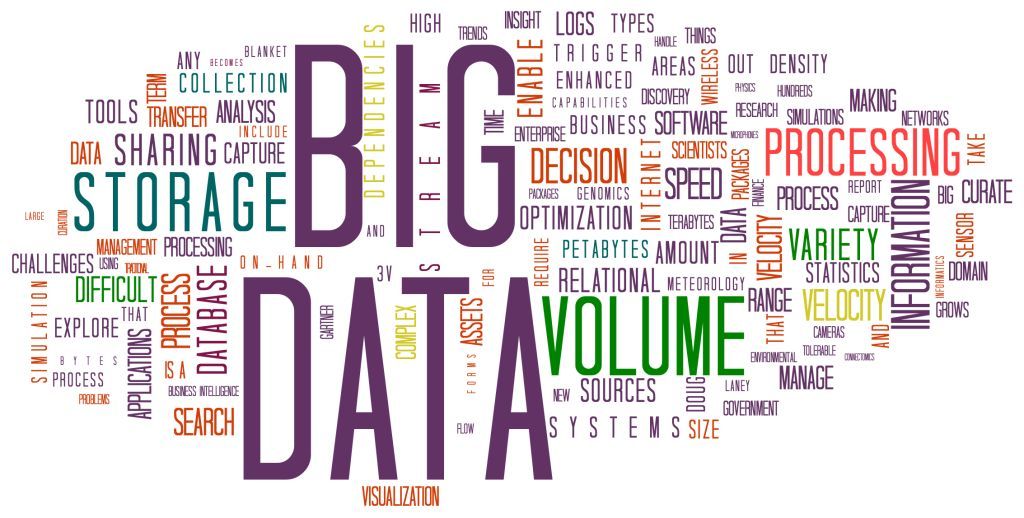
Big Data has become a major buzzword in the past five years with corporations, businesses and governments in developed and developing countries investing, or at least discussing investment in Big Data analytics.
As competition shifts focus from share of voice to share of wallet, business executives are keeping a close eye to innovation of not only product but means and ways to predict the best forms of customer service, pricing and merchandising that will unlock their customers’ wallets. There is a tangible feeling in both the public and private sector that Big Data will be the next frontier in helping captains of industry make smarter and timely decisions to achieve this.
However, while Big Data analytics creates delightful opportunities, it is still a dynamic field that experts are working hard to define and articulate. The volumes, velocity and different varieties of data make it an area open to several interpretations and it has lately become crowded with processes, tools and concepts that are, quite frankly, complex even to the tech-savvy.
The conflict between Big Data technologies and its documented business value (or lack of it thereof) has created bottlenecks that have rendered business leaders resistant to fully embracing it despite their knowledge and conviction of its importance. An average corporation or enterprise today already has – more than they can use – data that qualifies as Big Data. From its social networks, internal systems, clients, employees and customers, organizations generate more data than they can handle. Unfortunately, this data is of little value without the application of advanced analytical tools that can build meaningful patterns and trends.
But even with such analytics tools and platforms, some of which are open-source and widely available, it takes the expertise of someone with state-of-the-art skills ranging from data science to the knowledge of European Union privacy laws to decode it. Such investment is not always available to research and development teams, if they even exist in a business. Moreover, ROI for such an investment would need to be statistically proven for even the best business executive to make a case to shareholders. This is seldom the case.
And when budgets are availed, in most enterprise scenarios, the volume of data is too big, it moves too fast, is of such granular variety in its structured or lack of and more often than not exceeds current processing capacity.
For instance, The New York Stock Exchange generates about one terabyte of new trade data per day while Single Jet engine can generate 10+terabytes of data in 30 minutes of a flight time*. Such a huge volume of data at that velocity needs real time analytics-focused and agile set of technologies to process and inform business decisions of an airline. So enterprises are increasingly being bombarded by the narrative of Big Data but they simply can’t decide whether this is the way forward for them and which tools and systems can help them in their quest.
In spite of such setbacks, big data when captured, formatted, manipulated, stored, and analysed has the potential to aid organisations gain useful insight to increase revenues, get, grow or retain customers, improve efficiency and make more intelligent decisions. As more corporations in diverse sectors like health, retail, transport and weather adopt big data analytics, we are about to see “Big Data” becoming more tangible and real as businesses increasingly look to accumulate sales figures, improve customer service, increase operational efficiencies and ultimately increase their profits through making better decisions.
However, there is still a long way to go. Organizations must continuously find ways to successfully store and manage vast quantities of data in a seamlessly accessible manner in a cohesive way that will help them better understand consumer needs, thus connecting bricks and mortar with online offering. Unequivocally, success in the future market place will be determined by which organisation best uses Big Data analytics to form a consistent and coherent view of the consistent patterns in its sector that they can leverage against their competition.
The key to tackling the bottlenecks to Big Data application, business should consider starting small. A well-defined pilot that would provide insights in the ROI of such a project and give business leaders confidence in their capacity to properly manage their data. The experiences gained and lessons learned during such pilot projects can be used to better determine the ROI for future projects.
By David Karega, a Communications Consultant and technology enthusiast
* http://www.guru99.com/what-is-

